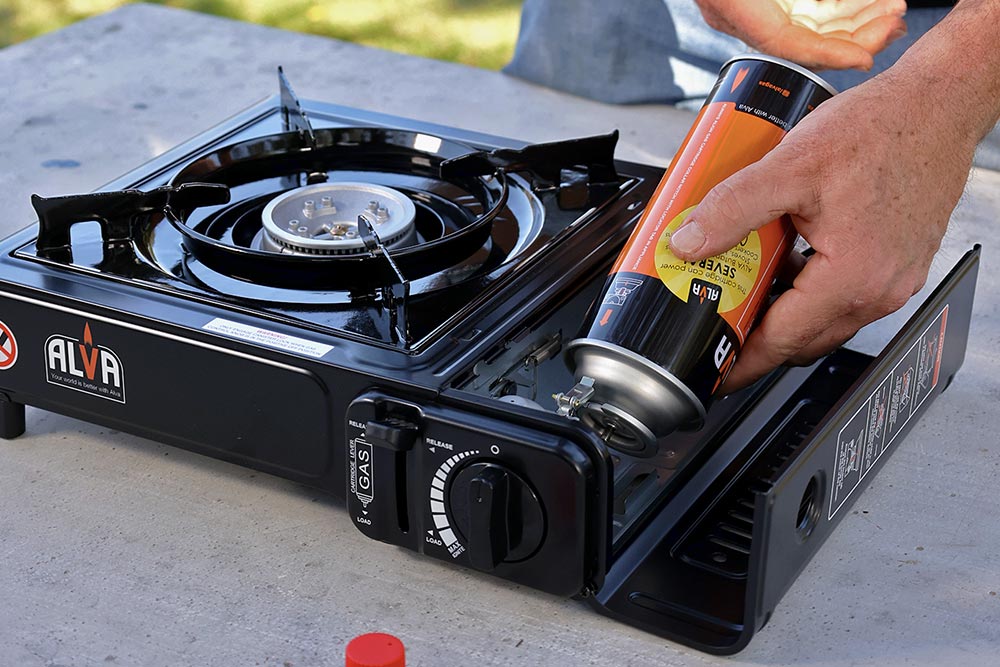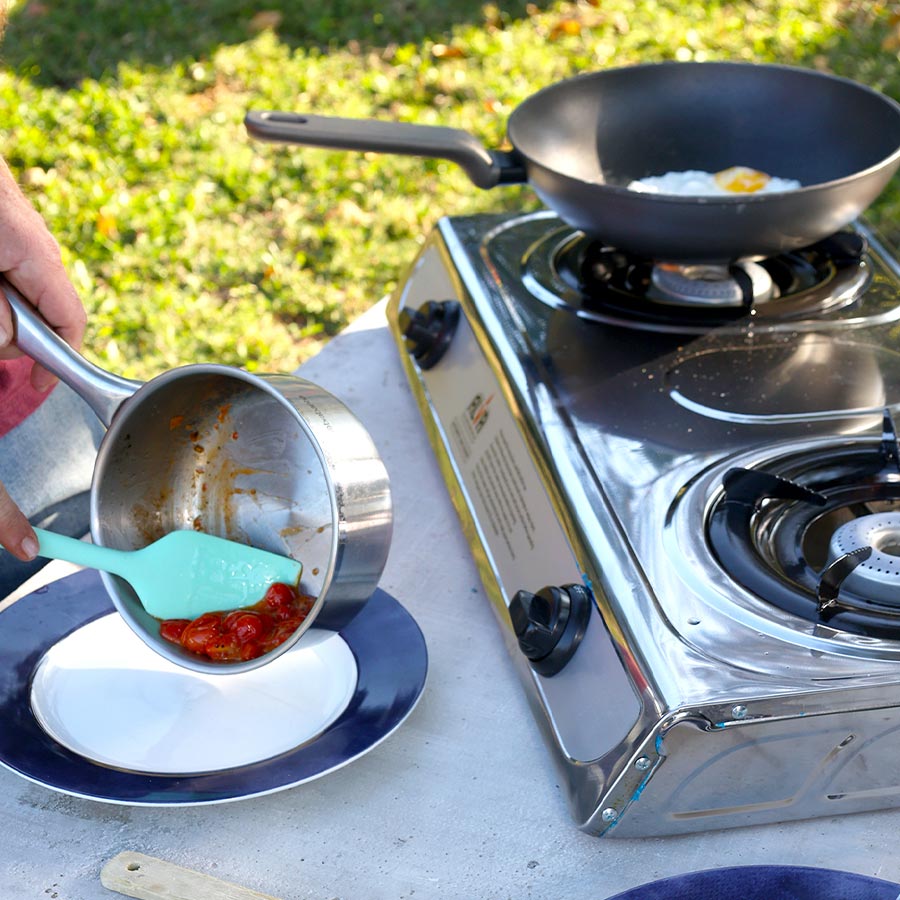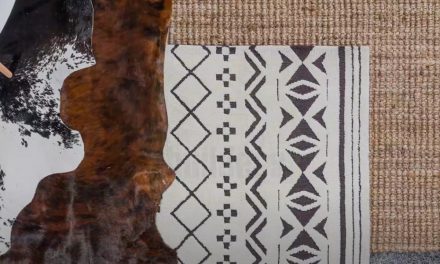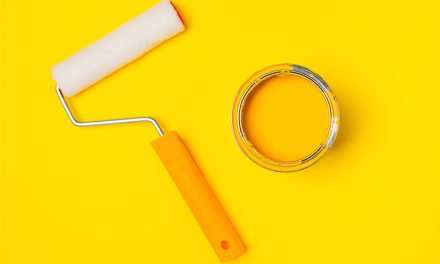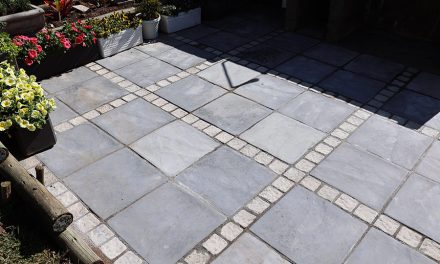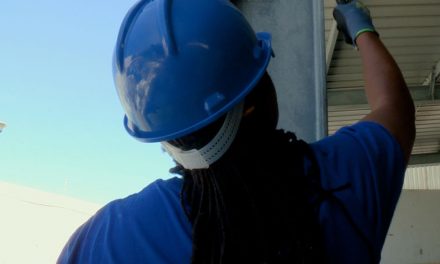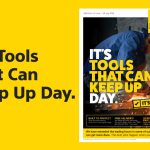Gas has become very popular for household uses. There are two common types, each with pros and cons.
There has recently been a notable shift towards using gas for cooking. The reasons for this transition are many – gas is readily available, economical, doesn’t depend on electricity and offers instant heat that is easy to regulate precisely.
There are two common liquefied petroleum gas (LPG) types: propane and butane.
Propane is the go-to gas for most household uses. That’s what’s inside the familiar blue, orange and grey cylinders from popular brands like Cadac and ALVA. Propane offers versatility and can power appliances such as gas braais, geysers, heaters, lamps and stovetops like the two-burner gas stove from ALVA.
Some of these appliances are semi-permanent and don’t require a qualified installer, which makes them convenient to set up. The smaller ones can be stored in a pantry or shed, or even in a kitchen cupboard and taken out for loadshedding or moved outside for a brunch. They’re generally too big to take camping, though.
The higher boiling point of butane makes it less suited for extremely cold conditions, but its portability and convenience make it a top pick for on-the-go cooking. Butane cylinders are smaller and usually fit inside the cooker, allowing for hassle-free transport.
We can’t choose which gas we use for a particular appliance – they are made either for propane or butane. Instead we choose the appliance and then buy the correct cylinder.
Don’t forget that Builders stocks a wide range of gas appliances and cylinders, as well as doing cylinder refills and exchanges.



